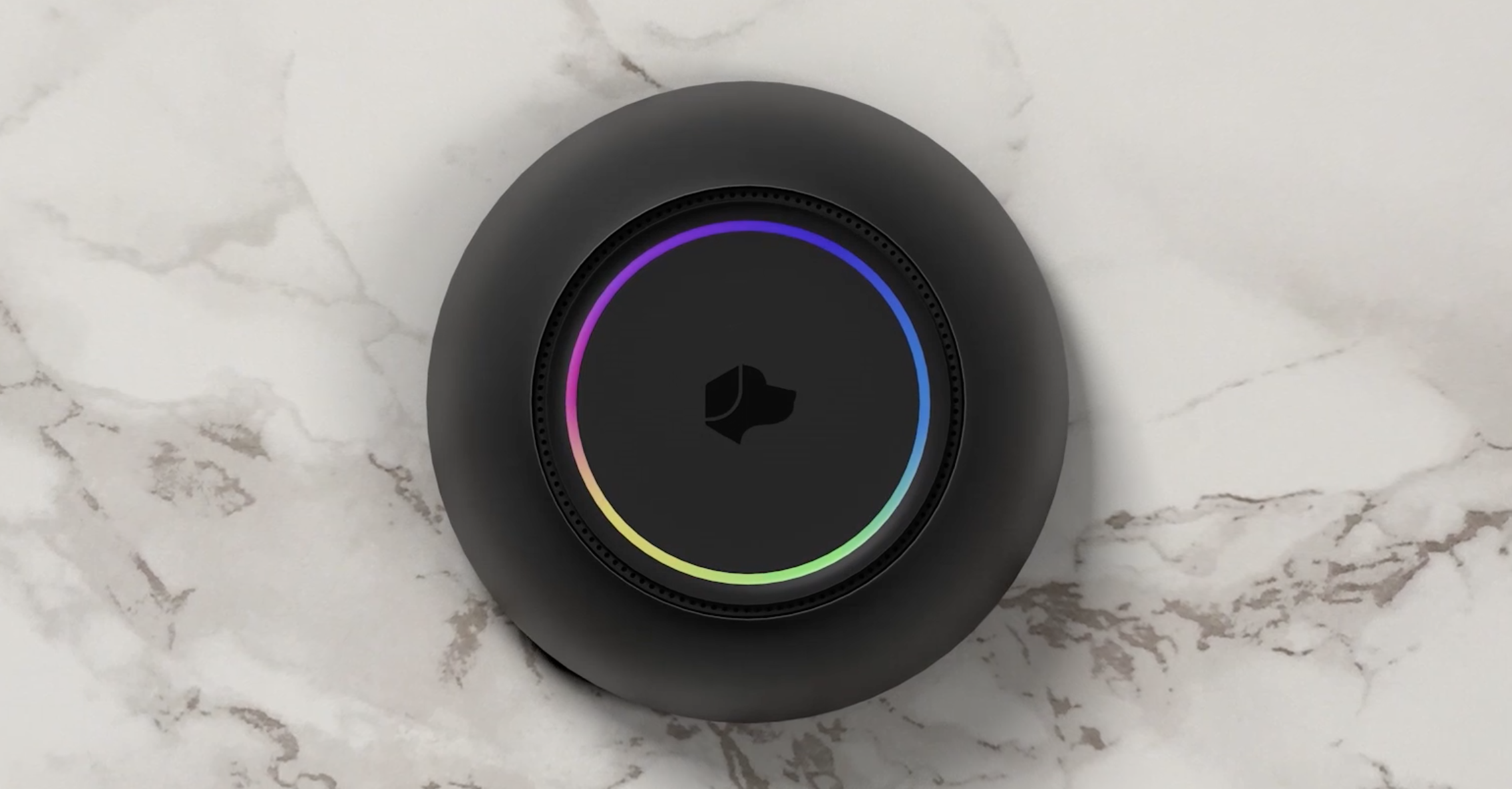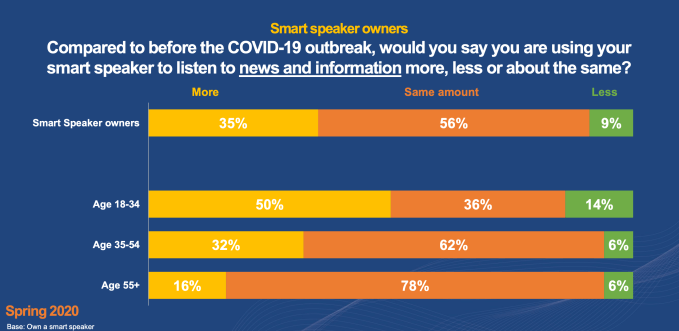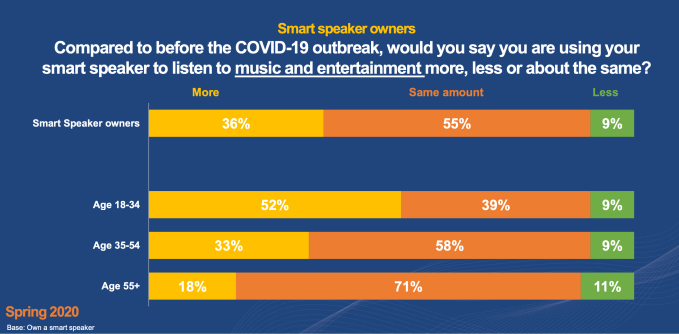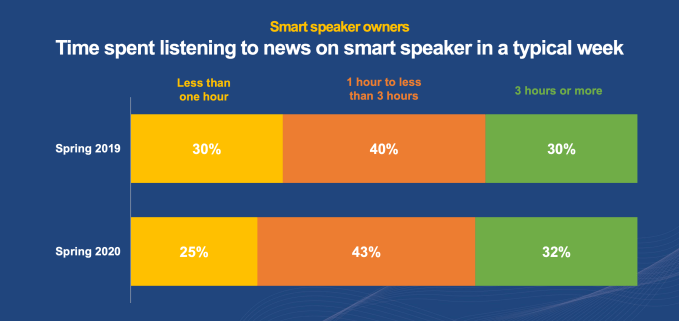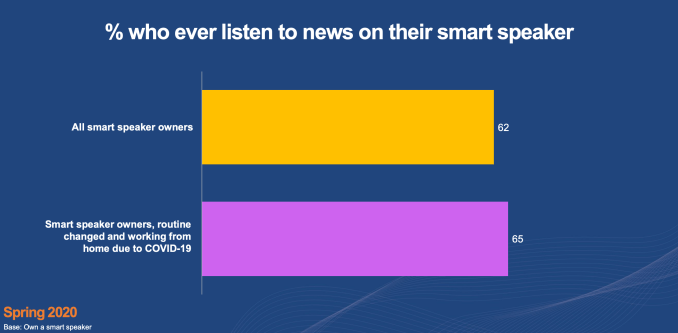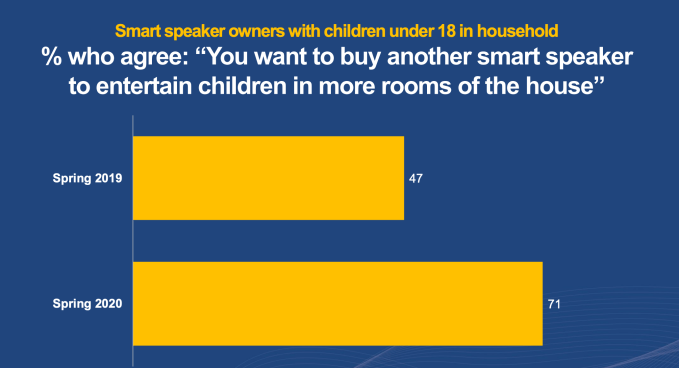Rae Witte is a New York-based freelance journalist covering music, style, sneakers, art and dating, and how they intersect with tech. You can find her writing on i-D, The Wall Street Journal, Esquire and Forbes, among others.
More posts by this contributor
Achieving a sense of community has been the pursuit of businesses trying to attract the experience-over-items millennials and Gen Z who want their consumerism to have a positive impact on the world. “That’s what brands want — activism, human connection and how to be local,” Olu Alege, owner of the New York-based boutique strategic branding agency No Noise, said.
“Community” is defined as a group of individuals with a common characteristic or interest within a larger society. The key to building a positive community is allowing members to speak and be heard and, subsequently, be provided for as they contribute. The same rules apply to building a business on the concept of community, and this foundation doesn’t suddenly change during a pandemic. Sure, the needs fluctuate (as do the funds), but voicing the need — hearing them and attempting to accommodate them — should not.
The world is collectively shifting during the COVID-19 pandemic. The demand for community is arguably greater, as shelter-in-place directives have resulted in extreme isolation for some. And while these extraordinary circumstances have seen some purveyors of community step up, others have unfortunately fallen short and instead haphazardly execute “community” as a talking point rather than a reality that benefits … communities.
Co-working places and social clubs like SoHo House, WeWork, The Wing and New York’s Ethel’s Club hawk community to small businesses and entrepreneurs by bringing loosely like-minded people or those with similar lifestyles into the same space.
Brick-and-mortar retailers like Nike’s Live locations have leveraged localized data to bring specific communities back out to shop in-store. Shopify’s Los Angeles location’s initiative is to foster community by offering educational programming and other resources within their permanent physical space. Both brands saw the value in organizing communities and adopted the concept to further their core business.
Even before COVID-19 upended everyday life, cracks in the business of community began to hurt beloved brands, as pulling the curtain back revealed unethical treatment of team members and work environments unaligned with their outward-facing brand or company mission.
Fitness brand and inclusive community Outdoor Voices’s “smoke and mirrors” utopia came crumbling down when 14 employees anonymously shared with BuzzFeed News stories of verbal abuse and a real life “Mean Girls” office environment.
As we persevere through this pandemic under an administration built on divisiveness, community is becoming increasingly important.
The Wing’s downfall came when 26 employees shared with The New York Times stories of racism, virtue-signaling inclusivity and white-washed feminism. Seemingly, their motto “empowering women through community” was intended for a smaller set of women than their PR and marketing let hopeful members believe, despite each employee also being a card-carrying “Winglet.”
And WeWork has been bleeding employees, investors and direction in the wake of Adam Neumann’s exaggerated investment in himself, such as when he personally trademarked the word “We” and subsequently net $5.9 million when WeWork was renamed We Co.
Since early March 2020, when we saw the shutdown of major sport events, the cancellation of conferences like CES and the postponing of festivals like Coachella, we’ve also seen these offenders continually fail their community with a lack of communication and foresight resulting in acts of desperation over safety in the face of coronavirus.
Despite Neumann’s exit from WeWork in fall of 2019, company culture doesn’t change overnight, and their shaky idea of community persisted as the U.S. declared a state of emergency. WeWork opted to stay open despite shelter-in-place orders in cities with their largest locations, offering renters slashed rates and even incentivizing employees to come in with a $100 daily bonus, according to an internal memo received by The New York Times.
A number of The Wing’s staff learned of the layoffs via this story on Vice that went up at 11:19 am EST on the day employees were supposed to be informed by 6:00 pm EST. SoHo House members shared that the club took until March 27 to allow members who requested it to pause memberships (which wouldn’t start until June 1), offering promises of complimentary food and drink until then.
The glaring disconnect in these self-appointed authorities of community is the lack of care for the people that contribute to the community’s foundation and convenience-based investment in its members.
“I have a problem with these companies that tend to talk about it when it’s convenient, when it’s okay for everyone to do it,” Alege shared. Some will argue that it’s for the better of the business, but that argument says more about the claimant than circumstance, as there are communities and businesses that are stepping up in this time of need.
“Whether or not information is provided is where I feel like you can see the differences in a company’s mission,” Alege points out. He goes on to say companies that communicated to their teams and had everyone on board in preparation for an impending recession, or actively started to take precautions as the virus spread through other areas first, inherently care more for their teams and community, even if and when layoffs happen.
Brooklyn’s Ethel’s Club is the first private social and wellness club created intentionally for people of color with priority of their identity and experiences. On March 13, the club announced the precautionary shutdown of their HQ in anticipation for COVID-19.
Upon making the decision, Ethel’s Club founder and owner Naj Austin said she took a lap around the club and asked some members their thoughts and what they’d like to see from Ethel’s Club should they shut down the space for a month or so.
“They were like, ‘Oh, it’d be really cool if we could still have the community, somehow. Can you do it online?’ In my head, I’m thinking we have no capacity for this, but I guess we’re going to have to figure it out,” Austin added. “In exactly the same way that Ethel’s Club was started — by talking to our customers about what they wanted to see out of it — we used the same formula. It very much felt like we were starting the company all over again.”
Giving herself and her team a deadline of five days, they decided to pause the 225 members’ dues and open up a digital membership nationally for $17 a month. They’ve added more than 300 digital-only members to the existing members.
The new digital membership still focuses on social and purposeful wellness. “In the morning we have programming that’s meant to intentionally address how you start your day, so super uplifting, assuming that you open your phone and read the news first thing. How can we combat that? How can we make your day successful?” Austin said.
Strategically timed sessions include topics like “Radical Self Care For Radical Times,” full body at-home workouts and writing workshops, with the final session of each evening being loosely focused on celebrating the day. “When we’re in the new normal, I think people will still need this. I think people need the structure in this new world as people work from home more and just for whatever’s going to be on the other side.” Austin says this is to give members something to depend on, in this time where that is lacking.
The key to community is allowing members to speak and be heard and subsequently be provided for as they contribute.
They also launched their digital clubhouse, an Ethel’s Club members-only directory and portal for members to communicate.
A community-based business model adopted by existing brands should be offering tools to foster the community. Communities formed on Instagram, Twitter and Slack have simply transformed without disappearing.
IG Live has brought a plethora of wellness professionals live streaming — offering workouts to meditation — and resulted in legendary music producers Swizz Beatz and Timbaland bringing other recording artists together. This has resulted in the likes of T-Pain versus Lil’ Jon and Teddy Riley and Babyface going head to head and playing through their hits, as other musicians, producers and fans converse in the comments.
Animal Crossing has seemingly established itself among these platforms as well, offering a place for existing communities to congregate despite being unable to be physically in the same room.
New York-based DJ, Jubilee shared what the game has offered in this time, where she won’t be internationally touring for gigs like she normally does. “Yesterday I did a photo shoot with my DJ friend Teki Latex that lives in Paris. He had a bunch of us over at 10 pm his time. He even styled some of us and he got a photographer. It was so ridiculous, but it was also really fun and cute.”
With such uncertainty around when she will see her worldwide community, it seems Animal Crossing has allowed space for Jubilee and other creatives to still socialize, collaborate and have some variety in their creative output.
Despite mounting privacy issues, Zoom has offered the quickest fix for those still working, while no-invite-necessary Houseparty offers video conferencing plus games for users to play together.
Community-less platforms (and their users) like Netflix have benefited in this time of desperate need for community via the Netflix Party Chrome plug-in, which allows people to watch Netflix programming together from different locations.
Meanwhile, Venmo has been watching what’s transpired on their platform and started to send money to people who have been using Venmo for good. A quick search of #venmoitforward will show Venmo sending $20 to people who are pouring into their community, whether it’s sending money to healthcare workers for lunch or extra cash to musicians and DJs live streaming their performances.
As we persevere through this pandemic under an administration built on divisiveness, community is becoming increasingly important, as a slow response from federal leadership has left a lot of additional responsibilities on local governments and essential workers. Whether you’re keeping it among your established community or participating or building new ones, doing your part can be as simple as staying home, and now more than ever, with access to the internet, you can find some sense of community.



